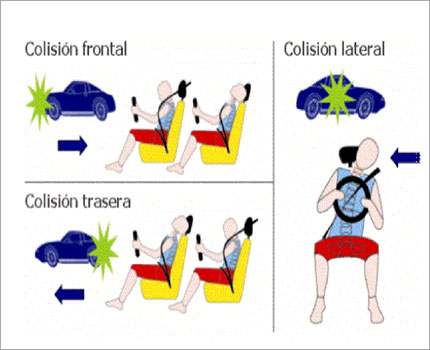
Craniosacral Therapy (CST) can be very helpful in regulating the pressure of the fluids and tissue in the eyeball in cases of ocular hypertension.
But what is ocular pressure, and how does it occur?
Onset of Ocular Hypertension

How to reduce migraines?
The eye is a fundamental organ that helps us translate electromagnetic vibrations of light, which are transmitted to the brain. For our eyes to function properly, they need an aqueous medium that is found in different compartments of the eyeball. If, for some reason, these fluids become overproduced or deficient and cannot be reabsorbed, symptoms of ocular hypertension will appear.
It is also worth mentioning that numerous studies associate ocular hypertension with a decrease in cerebrospinal fluid (CSF).
From the perspective of Craniosacral Therapy (CST), we have observed these and other coincidences, such as strong compressions in the Spheno-basilar Synchondrosis (SBS). The sphenoid bone converges with the optic foramen, through which the optic nerve, oculomotor pairs, and ophthalmic veins pass—elements that are essential for vision.
Sometimes, no symptoms appear in the early stages of intraocular pressure, while in other patients, this pressure and other factors can trigger glaucoma.
Frequent manifestations can cause headaches, eye fatigue, and a decrease in visual acuity.
How Craniosacral Therapy (CST) helps with ocular hypertension
People suffering from this condition can alleviate their symptoms with Craniosacral Therapy (CST). A global assessment is made of the blockages indicated by the patient, evaluating the flow rate of cerebrospinal fluid (CSF), the spheno-basilar synchondrosis (SBS), and the existing blockages in the eyeball. Then, we proceed to perform the necessary manipulations.
Gradually, depending on each case, Craniosacral Therapy (CST) for ocular hypertension contributes to improving quality of life, and in many cases, with the help of other professional treatments, we can stabilize the patient’s vision.




